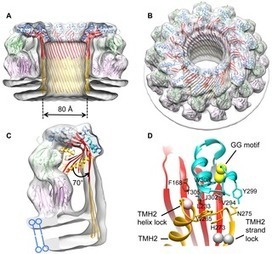Research and publish the best content.
Get Started for FREE
Sign up with Facebook Sign up with X
I don't have a Facebook or a X account
Already have an account: Login
Teaching and Learning Immunology. Information you never would have searched for!
Curated by
Gilbert C FAURE
 Your new post is loading... Your new post is loading...
 Your new post is loading... Your new post is loading...
|

Krishan Maggon 's curator insight,
April 15, 2015 12:40 AM
J. Immunology doi: 10.4049/jimmunol.1403068 The Journal of Immunology April 15, 2015vol. 194 no. 8 3542-3548Is the Complement Activation Product C3a a Proinflammatory Molecule? Re-evaluating the Evidence and the MythLiam G. Coulthard and Trent M. Woodruff +Author Affiliations School of Biomedical Sciences, University of Queensland, St. Lucia 4072, Queensland, AustraliaAddress correspondence and reprint requests to Dr. Trent Woodruff, School of Biomedical Sciences, University of Queensland, St. Lucia 4072, QLD, Australia. E-mail address:t.woodruff@uq.edu.au |
















